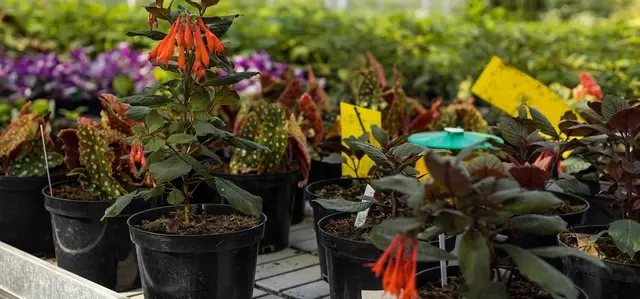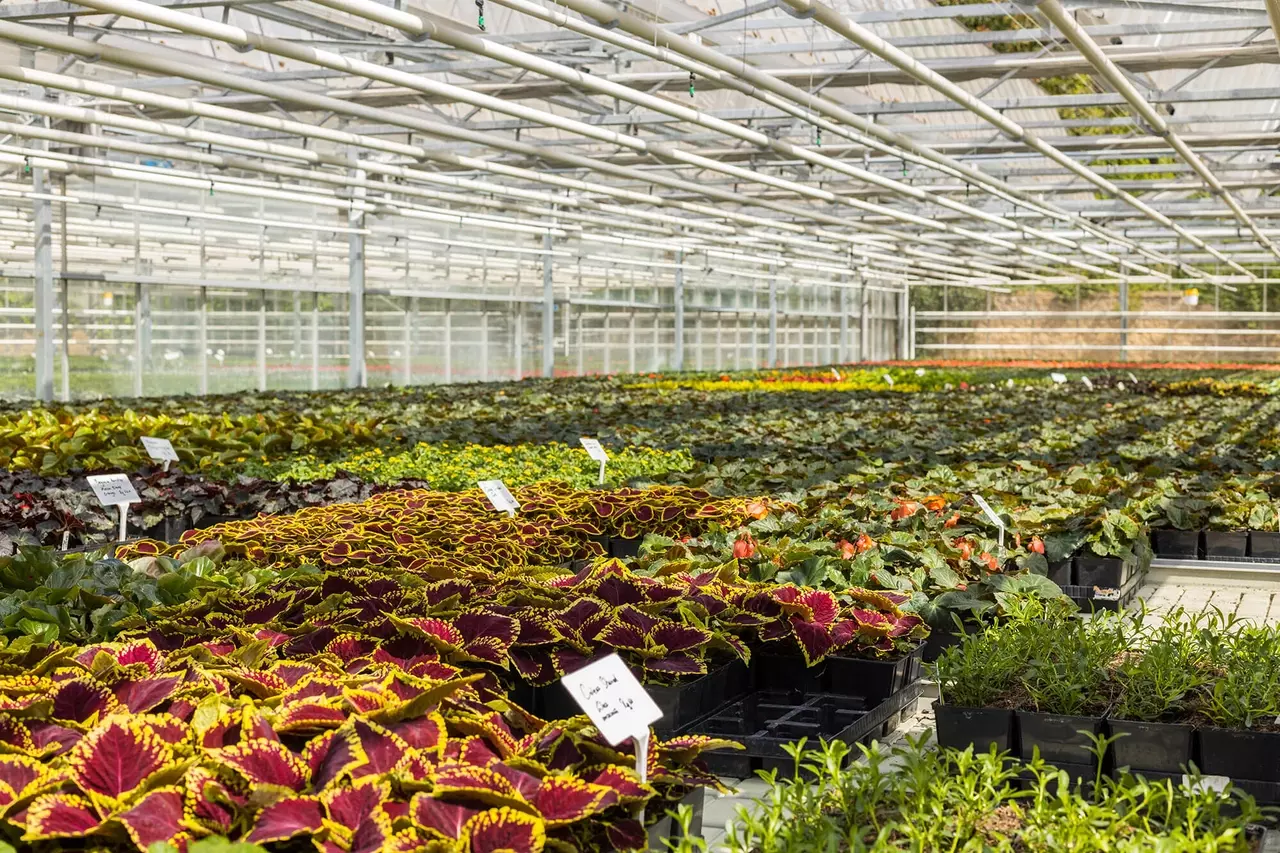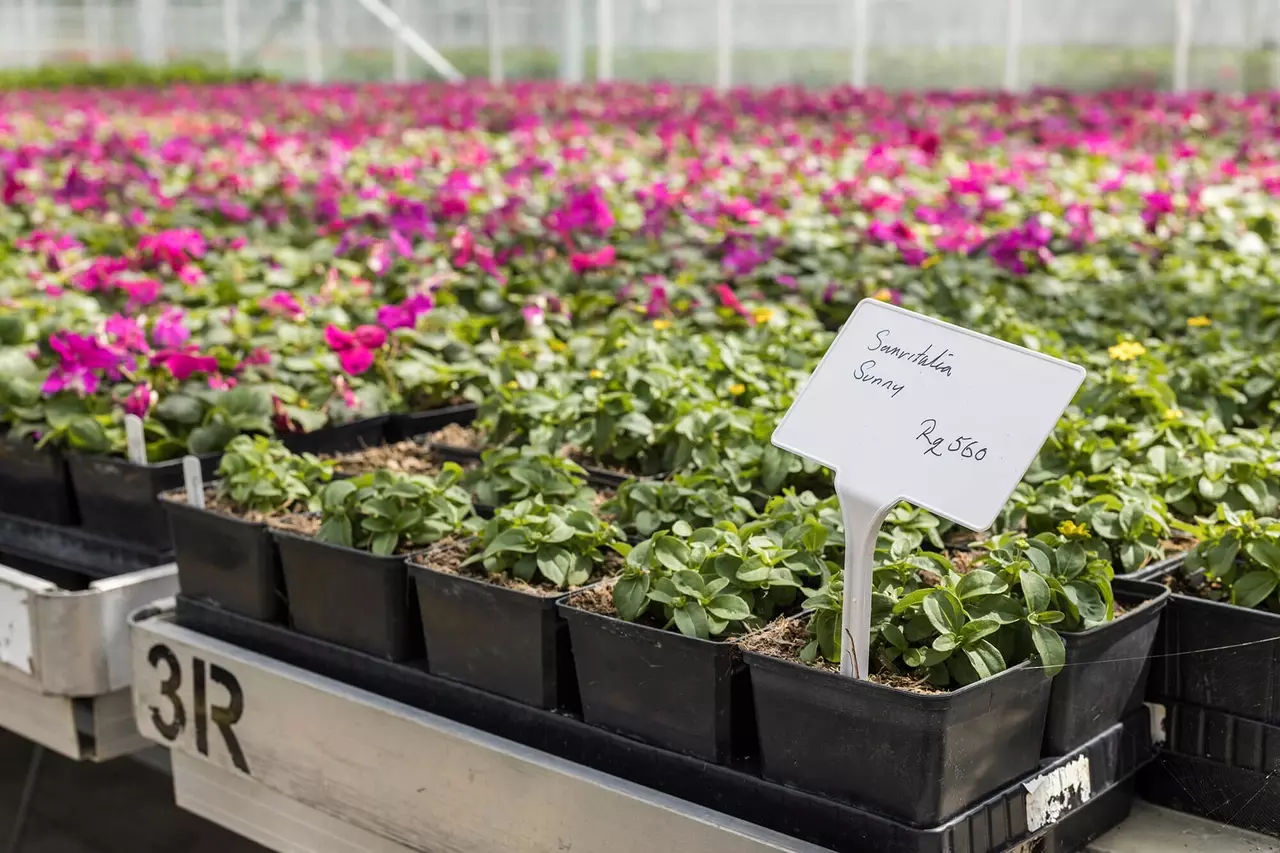
Plants for communities
Key information
The Hyde Park Nursery handles the growth of the 450,000 bedding plants and shrubs needed for the world-class flower displays across the eight Royal Parks. The facility grows some 900 different plant varieties needed for the summer displays – such as the scarlet pelargoniums grown to match the tunics of The Queen's Guard at Buckingham Palace - and the 300 varieties needed for the winter displays including yellow wallflowers.
Each year, a surplus of plants are grown as a precaution against possible issues like failures in the nursery production, supply chain issues, or replacements for stolen or vandalised plants. If it turns out that these surplus plants aren’t needed, The Royal Parks is able to sell them or give them away. Our “Plants for Communities” initiative seeks to ensure that this opportunity reaches the people who will benefit from them the most.
In tandem with this, our Learning programmes and resources offer the opportunity for your group to find out more about the Royal Parks, how to look after plants, and opportunities to continuing learning about and exploring these incredible green spaces on their doorstep.
How it works
This initiative follows a timeline linked to the likely availability of surplus plants, as follows:
- Applications will be open during the month of April each year.
- You will receive a decision on your application in late May or early June.
- If your application is successful, we will contact you to arrange a collection date and discuss any ways that we can further support your group with resources, a tour or learning activities.
- Collection of plants will usually take place within two windows: June/July and October/November.
- We ask that you return empty pots and trays to the Nursery as soon as you have finished with them, so that they can be re-used.


Who’s eligible
In order to apply, your group must fall under one of the following categories:
- Non-fee paying schools
- Uniform groups (eg Scouts)
- Non-profit community groups that benefit local residents, who wouldn’t otherwise be able to afford plants
- Small local charities
Applications from other types of groups may be considered if surplus plants are still available after all qualifying applications have been considered, and if an agreed donation is made to The Royal Parks charity.
In your application, you will need to evidence the following:
- Your organisation or the majority of its service users are located within 20 minutes’ travel time of Hyde Park or Kensington Gardens
- The organisation works with/for underserved groups who don’t visit the Royal Parks regularly
- Groups must support The Royal Parks’ approach to sustainability, for example by returning the used pots and trays to the Nursery for re-use.
Applications have now closed and will be open again in April 2024. Please check back then.
Terms and conditions
- The Royal Parks (TRP) will allocate a maximum of 500 plants per group. The number of plants TRP has available to distribute varies each season and will be shared out fairly according to TRP criteria.
- Groups are responsible for collecting the plants from the Hyde Park Nursery and must arrange a collection time with the Nursery team in advance.
- Groups may not use TRP produced plants to sell on to raise funds or for personal gain.
- Groups may apply once per year. Being successful one year doesn’t guarantee success in a later year.
- Acceptance onto the initiative doesn’t guarantee that plants will be provided, as TRP needs may change between the time of application and the time of plant distribution.
- TRP doesn’t guarantee quality or lifespan for these plants.
- TRP may ask groups to provide a case study on the benefits that service users have gained from the plants.
- TRP may ask to visit groups receiving plants to monitor how they are being used.